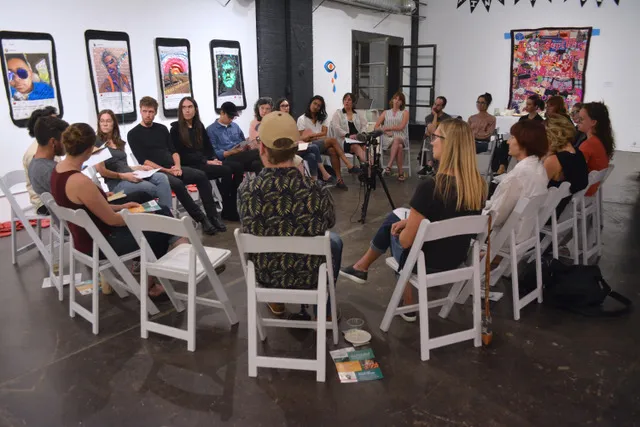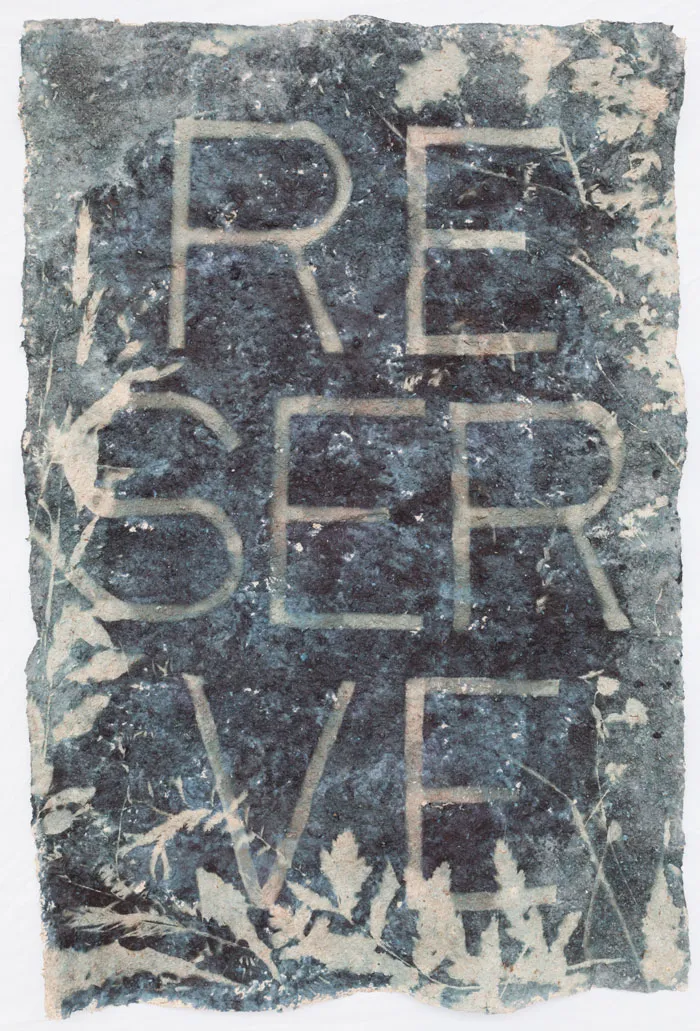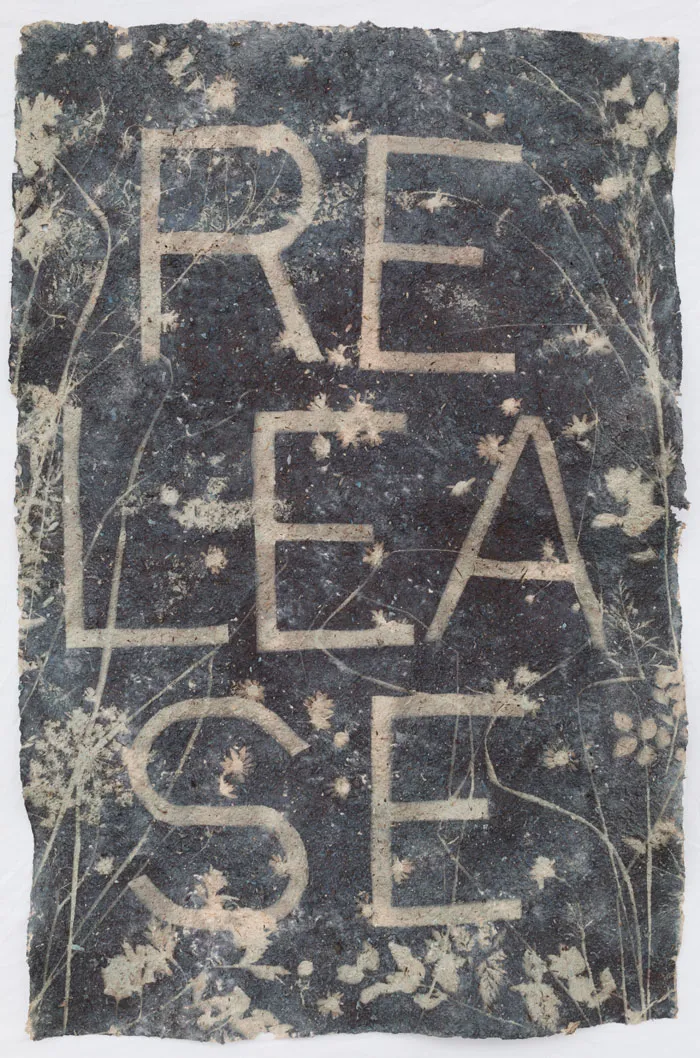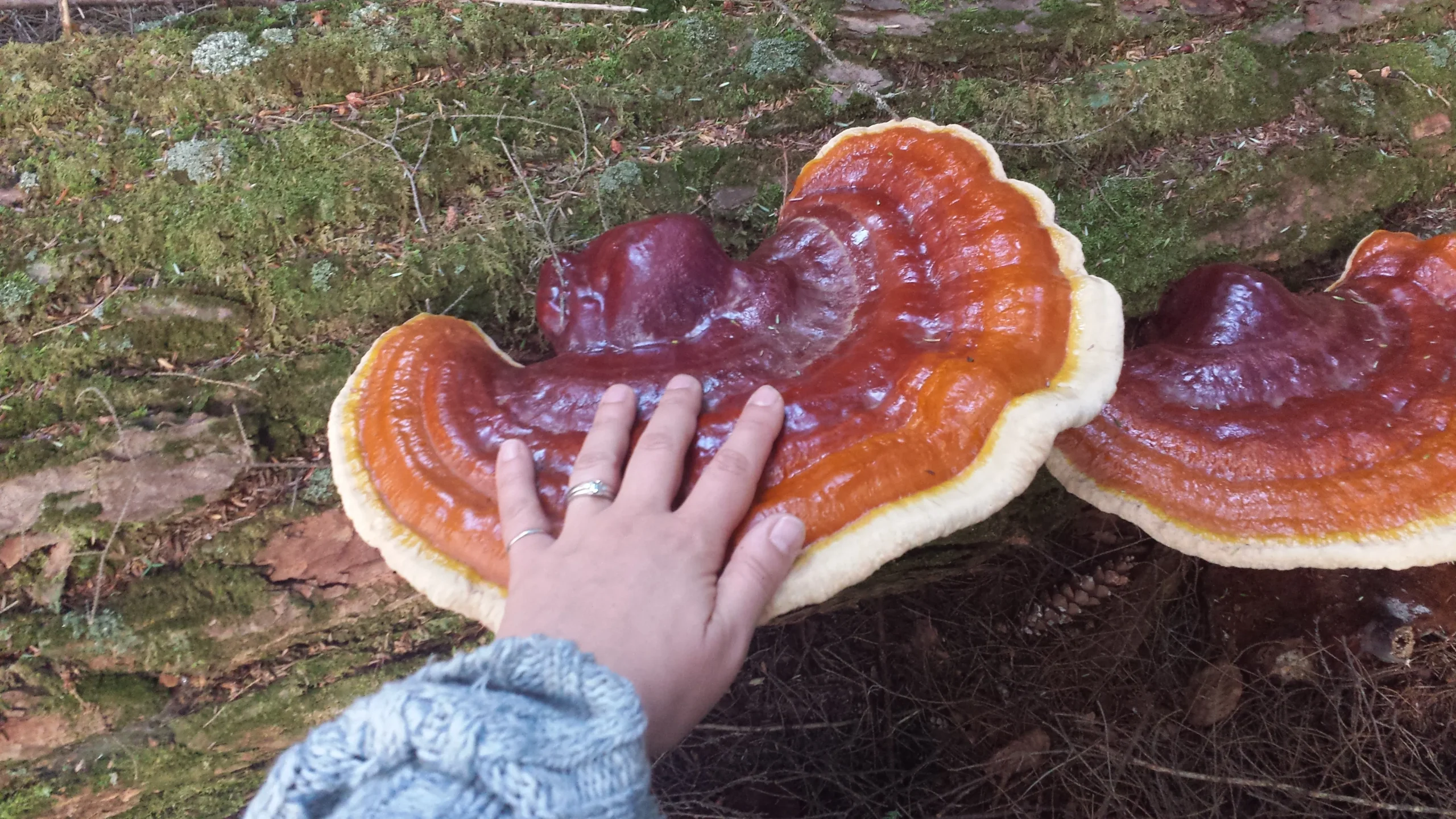Making Kin with Pessimism (and Mushrooms)

“Life is deeply steeped in suffering, and cannot escape from it; our entrance into it takes place amid tears, at bottom its course is always tragic, and its end is even more so.” –Arthur Schopenhauer, The World as Will and Representation
“I can give you reports that are fabulous and I can give you reports that aren’t so good…” –President Donald Trump on recent Climate Change studies.
The tone of the recent Tilt West roundtable conversation on Environmental Ethics & the Arts echoed a feeling that has been growing within me for quite some time now. When I think of the future, especially in light of global climate change, I’m filled with neither hope nor despair — but an anxious numbness, a twitchy morbid wondering and wanting. A wanting to want to be hopeful. Yet I find that my resources (like so many others in our world today) feel overdrawn, exhausted. I am, perhaps, too eagerly looking for the excuse or validation to fall deeply and thoroughly into a cold and complete hopelessness. I’m having an illicit affair with pessimism. During the conversation, when someone asked, “is it already too late?,” another participant unhesitatingly and forcefully (but without judgement) said, “YES!,” and there was a cathartic round of laughter. We had all been waiting for this; to have someone tell us what we already feared and knew — that we’re past the point of no return, that there is nothing to be done. It’s all over now, and we can just hang up our hats and wait it out. Death comes for us all, and today that reality is certain in a more global and concrete way.
I might be projecting.
I’ve been soaking up a lot of pessimism these days (much in the way that an oyster mushroom can soak up petroleum hydrocarbons and heavy metals).[1] A certain tone of theoretical pessimism has become popular recently, largely thanks to Eugene Thacker and his “Cosmic Pessimism,” which is derived from the patriarch of all pessimist philosophy, Arthur Schopenhauer. It’s a masculine, navel-gazing pessimism that implies that we’d all be better off if we’d never been born, but without the conviction of wanting to actually commit to death. I have trouble buying into this particular style of pessimism; its end point is a tragedy of the commons in which no one has to do anything, and we can wait for inevitable mass extinction, nuclear winter, or whatever it may be that brings us all to the death we should have had already. Sounds dire, but so do today’s headlines: “We have 12 years to limit climate change catastrophe,”[2]“Earth Will Survive. We May Not,”[3]and “We’re Doomed.”[4] As if the news wasn’t enough to fuel my fast-growing pessimism along, after leaving the Tilt West discussion, I walked past a church billboard that reprimanded me with, “PESSIMISTS NEED A KICK IN THE CAN’TS.”
Well, do we?
The question of “what can we do” was raised repeatedly during the roundtable conversation, but never answered. This is part of the problem. Things begin to look too big, minutia piles up, and a cycle of neoliberal guilt and release kicks in (characterized by personal exculpations like, “I’m vegan,” “I have a reusable straw,” “I take public transport,” or “I don’t fly anymore”). But as Donna Haraway explains throughout her book, Staying with the Trouble, this individualism cannot be maintained in light of the Anthropocene and Capitalocene. As we know, and as Haraway explains, we live in troubled and troubling times, and these “mixed-up,” “cloudy” moments are filled with both pain and joy (“vastly unjust patterns of pain and joy”).[5]Our task is to simply become capable within these times. But how? We need to recognize that no god-like technology will save us (no Deus-ex-Musk taking us all to Mars), but neither will our problems go away if we just ignore them. Our relationship with time has to change. “In urgent times,” Haraway observes, “many of us are tempted to address trouble in terms of making an imagined future safe, of stopping something from happening that looms in the future…”[6] Instead, we have to live in the present, and most of all, according to Haraway, we must “stay with the trouble” no matter how uncomfortable it may be. We must also become less human-centric; we must “make kin” with all kinds of non-human “critters.” “The task” as Harraway explains it, “is to make kin in lines of inventive connection as a practice of learning to live and die well with each other in a thick present.”[7]
Trouble is coming no matter what, whether we like it or not, and we have to stay with it. Humans will transform perhaps beyond recognition (if they survive). Our job is to figure out not only how to live but how to die well. Now.
To be honest, I don’t think Haraway is pessimistic enough.
My favorite iteration of the, “What can we do,” question was brought to the roundtable by prompter Jessica Langley, who asked, very concretely and in the face of our high-waisted cant’s, “What can artists, specifically, do — and what can this group of artists here today, collectively, do?” This question was posed in a way that would do Haraway proud — it wasn’t a consideration “for the future” or an effort to “stop all this,” but a genuine reflection on what we can do here, today, together. The question was posed not in the spirit of determining what we can produce or solve necessarily, but in how to make kin and live better. Although her question was left disappointingly unanswered, I was inspired by the response posed in lessons from mycology that Langley provided. She shared stories of the diverse benefits mushrooms can deliver, many of which are only now coming to be understood, from breaking down e-waste to helping cancer patients.[8]


I find it odd that Haraway doesn’t discuss mushrooms more, as they may be the exemplary subject for what she calls “Chthonic ones.” She elaborates: “Chthonic ones are beings of the earth, both ancient and up-to-the minute…Chthonic ones romp in multicritter humus but have no truck with sky-gazing Homo. Chthonic ones are monsters in the best sense; they demonstrate and perform the material meaningfulness of earth processes and critters. They also demonstrate and perform consequences. Chthonic ones are not safe; they have no truck with ideologues; they belong to no one; they writhe and luxuriate in manifold forms and manifold names in all the airs, waters, and places of earth. They make and unmake; they are made and unmade. They are who are.”[9]
Mycologist Paul Stamets might agree with categorizing mushrooms as “Chthonic” since, as he explains (devoid of Haraway’s sometimes jargoned “critter speak”), “Our bodies and our environs are habitats with immune systems…and fungi are a common bridge between the two…mycelium are the neurological network of nature…with a sentient membrane” that has “the long-term health of the host environment in mind.”[10]Mushrooms are already making kin with us and the world, let’s make kin back.
We can make kin, but what about art?
The discussion turned, at various points, to what it means to make art in this moment — is it possible for art not to be complicit with environmental trouble? The approach of artist-as-beacon was mentioned in the discussion; some felt that a creative approach to life and living — to be a beacon who doesn’t own a car, or fly in a plane, or use plastic bags, or on and on and on — can be a useful directive. This concept extends, of course, to artistic practice. But how can we make art about the state of the environment when the art comes wrapped in plastics, or when we put up and tear down the equivalent of a house in building materials to install an exhibition? What does it matter if we make work about the impact of climate change if we ship and fly works across the world?[11]A participant asked: can one really call oneself an environmental artist and use harmful materials? A resounding “NO” seemed to be the response, but others felt that education trumps materiality and practice.
It goes back and forth; individual and collective acts are powerful, but structural, governmental, corporate change is always needed. How to untwist these questions beyond the intricacies of who is contributing to what problems in the art world? And really, what are the stakes in that fight when 70% of all greenhouse emissions are caused by only 100 companies?[12]Then again, BP (number eleven on the list of 100) has been the target of protests due to of their massive sponsorship of the arts and ExxonMobil Corp (number five) was once called “a Medici” in reference to their large patronage.[13]Does art help or hurt? Where is the balance?
But back to my pessimism.
I’ve been worrying about time (it’s on my mind, if not my side). There are the aforementioned daily news articles putting a clock on our world, and then there are men putting clocks into mountains — Amazon founder Jeff Bezos, to be specific. He’s invested over 42 million dollars into constructing, “The Clock of the Long Now,” (originally conceived by Danny Hillis) within a mountain he owns in Texas. It will tick once a year for at least 10,000 years, with a cuckoo coming out every millennium. That’s one way to slow time down, although its purpose, according to a founding board member (we’re living in the Capitalocene, folks, of course our conception of slow time has a corporate board) will be to “embody deep time for people” and “be charismatic to visit” as well as “be famous enough to become iconic in the public discourse.”[14]
The Tilt West discussion hit upon the topic of time in discussing the need to slow down and to take things in, whether it be mushrooms on a walk, Iceland before tourism subsumes its natural wonders, or your own life and artistic practice in a deliberate manner. One discussion participant pulled at my pessimistic heartstrings, sharing that, after a trip to Iceland, they felt the need to stop making work, not to slow down but to stop. The notion of stopping altogether seemed troubling to participants, but perhaps we could all be more like a contemporary Bartleby, preferring not to — not to keep replicating, reproducing, and adding to the pile and speed.
Slowing down is especially important, I feel, in the face of the overwhelmingly popular and effective right-wing accelerationism movement. Accelerationism is the concept that capitalism, and/or its attending technologies, can (and should) be used against itself. If we lean into the structure of capitalism, speed it up, exaggerate it and its libidinous growth and contradictions, it can be provoked to a breaking point. Over the years, accelerationism has split into left and right alignments, the right currently seeming to be the most effective. As Isaac Camacho writes in his article “Nick Land and Accelerationism,” “The right alignment consists of NRx, Vulgar Libertarianism, and the Alt-Right. The Trump administration is both a symptom and a catalyst for right accelerationism.”[15]Long story short, while left accelerationists feel that the only way out of capitalism is through it, and then we’ll be left with a “Marxism for the 21stCentury,”[16]the right accelerationists are exploiting the ways in which capitalism turns people into human garbage. They don’t have to worry about how to fix climate change, because they choose to buy their way out of it. Camacho argues, “The wealthiest people in the world are throwing fortunes at a gated world after climate change as opposed to fixing it for everyone.”[17] For a select few, the god of technology will save them, but the rest of us are only getting in their way.
So again, what can we, as artists and thinkers and potential non-1%ers who are about to be made into expendable human waste, do?
I don’t have the answers, but, in conclusion, I want to return to Haraway’s conception of time. Haraway’s antidote to the Capitalocene and Anthropocene is what she dubs the “Chthulucene” (and no, it has nothing to do with the unimaginably horrific being…except perhaps for sharing tentacles). The term “Chthulucene” comes from the Greek “kainos” meaning “now.” It’s “a timeplace for learning to stay with the trouble of living and dying response-ability on a damaged earth…”[18] I think it’s fine to be a pessimist, to not feel hopeful for the future. I don’t need a kick. We can acknowledge that there is no hope, no future, but still not give up or be inactive. We can live (and die) well –not in spite of, but because of, the trouble that we have. Action is still needed, and we can take it without a fantasy of a perfect future filled with perfect solutions (while still acknowledging that some solutions are better than others). We can wait for something better to come along, or we can put out our tentacles to other critters while we’re all still here, whatever that looks like, fixing the problems as they come, and just live until we die — not for the future, because there very well may be none, but for each other and ourselves.
